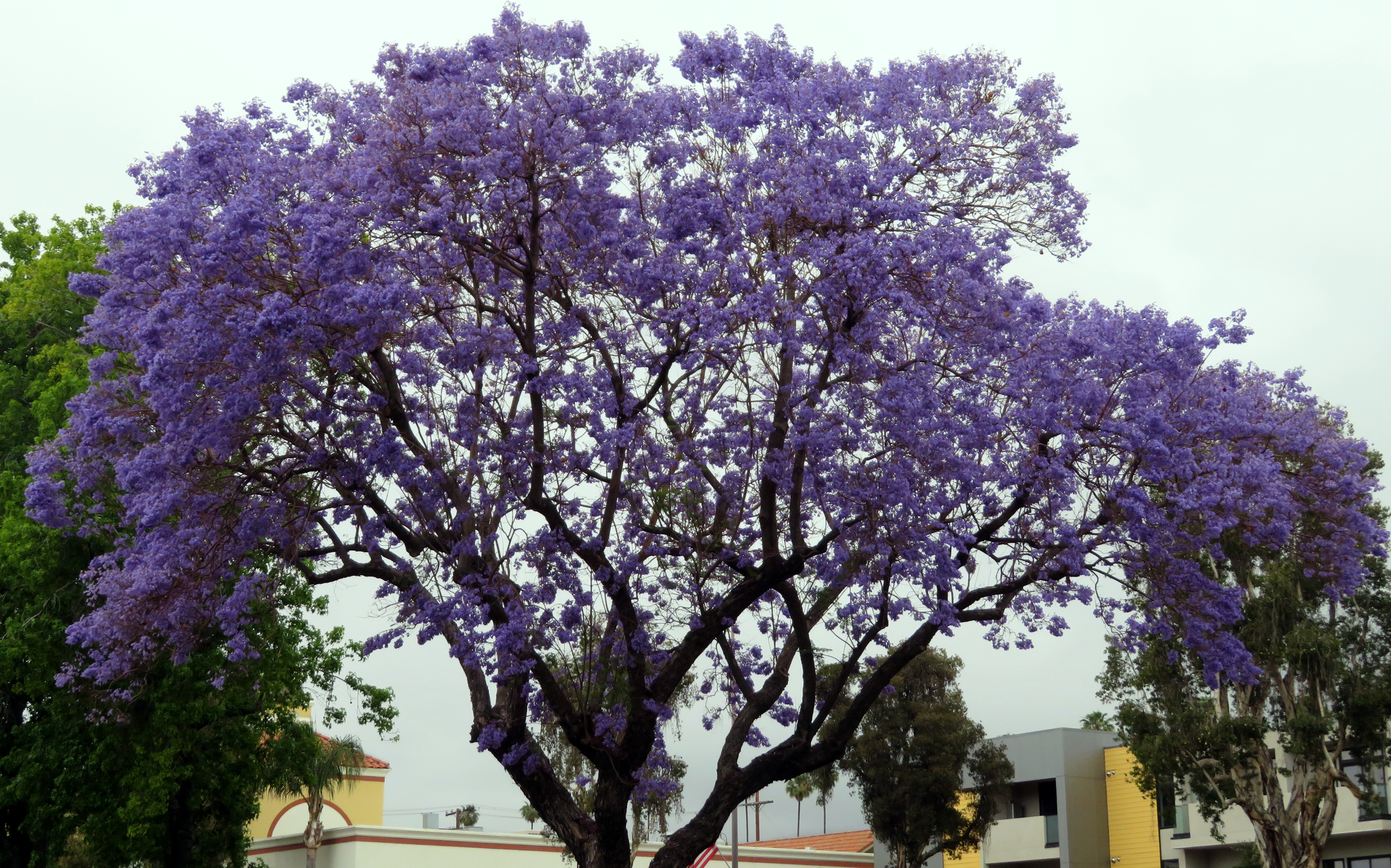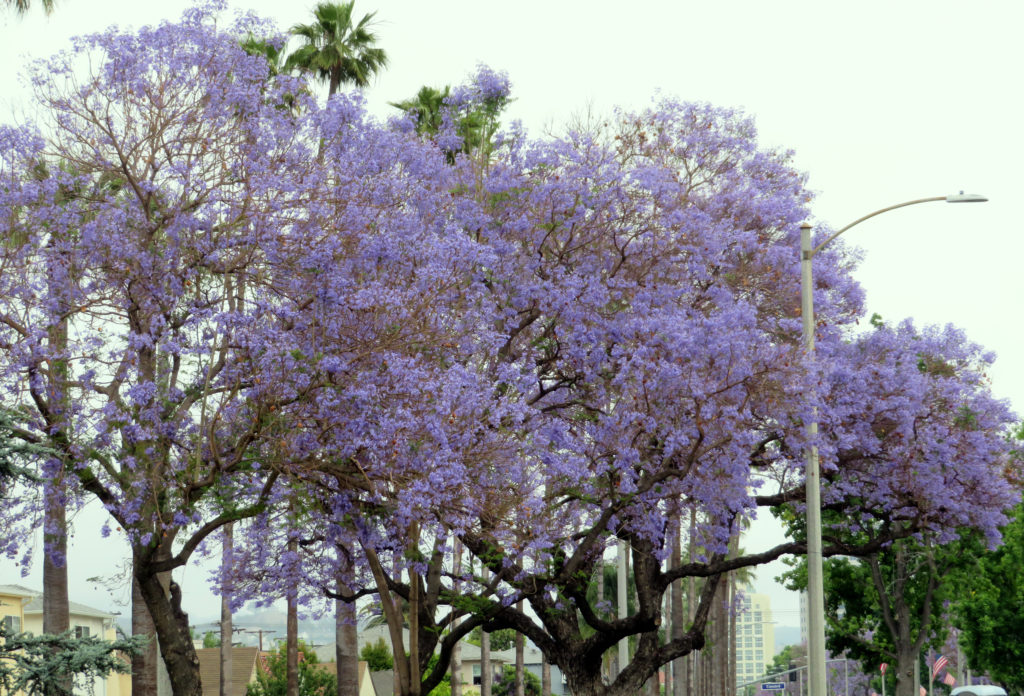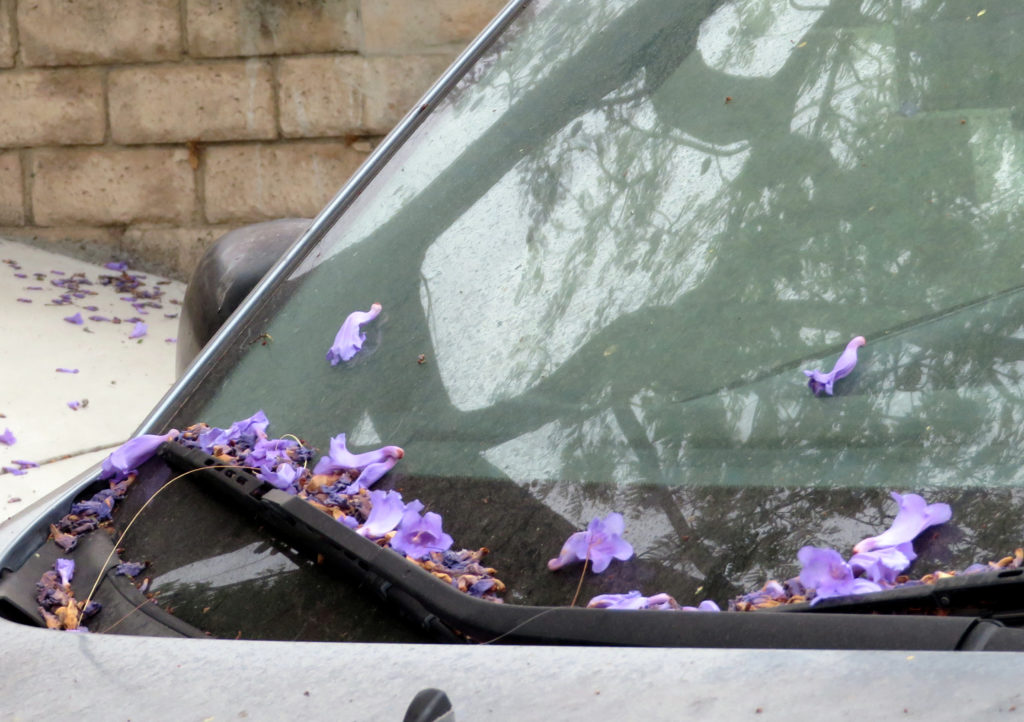
“There are times when Los Angeles is the most magical city on Earth. When the Santa Ana winds sweep through and the air is warm and so, so clear. When the jacaranda trees bloom in the most brilliant lilac violet. When the ocean sparkles on a warm February day and you’re pushing fine grains of sand through your bare toes while the rest of the country is hunkered down under blankets slurping soup. But other times, like when the jacaranda trees drop their blossoms in an eerie purple rain, Los Angeles feels like only a half-formed dream. Like perhaps the city was founded as a strip mall in the early 1970s and has no real reason to exist. An afterthought from the designer of some other, better city. A playground made only for attractive people to eat expensive salads.”
~ Steven Rowley, Lily and the Octopus
As one of very few reporters who cover Glendale and Glendale City Hall, I take seriously my responsibilities to city-splain, to help elucidate the things the local government is responsible for and how it does what it does.
Trash. Streets. Sewers. Glendale runs its own utility, so there’s all of that. And trees.
Budgets and parks, planning, libraries, and transportation.
I love cities and I know a little bit about them, but I learn new stuff for pretty much every story I report. Like this good news about the incredible benefits of moving away from gas-powered gardening equipment that I wrote about in late May:
Dan Mabe from the American Green Zone Alliance (AGZA) recognized the city for its participation in transitioning eight “public parks and properties” into “green zones,” moving its grounds maintenance from gas-powered to electric and “people-powered” tools.
“I offer these metrics to explain how big this is. By transitioning these eight parks, you’re removing 12 tons of CO2, 712 pounds of ozone-forming exhaust, 5,000 pounds of carbon monoxide, 150 pounds of particulate matter from the air, reducing noise by 40%-70% and improving the working conditions of staff and vendors,” Mabe said.
He also recognized the contribution of the South Coast Air Quality Management District (SCAQMD) for its commercial lawn and garden tool exchange program.
Councilmember Dan Brotman recalled being in the audience for a presentation of battery-operated leaf blowers from a South Pasadena councilmember and urged their “complete implementation in all parks and city sites” as soon as possible.
“The health benefits are massive to the whole community but especially to groundskeepers and gardeners,” Brotman said noting that there is state legislation pending that would ban the selling of “small off-road engines” by 2024.

Later in May I learned that Glendale has an Urban Forester. (His name is Loren Klick, which tickles me, for reasons I cannot put my finger on.) He reported to the council on the state of the city’s trees.
Finally the council heard a detailed report on the city’s trees from the city’s urban forester Loren Klick.
Of the city’s 49,313 public trees, 90% of them are street trees, 10% are in parks and around city facilities. Eighteen percent are in need of replacing. The city has identified an additional 18,000 spots for new trees.
According to the arborists, Klick reported 32% of the city’s trees are in good condition, 62% are in fair shape, and only 6% are considered in poor shape. Twenty eight percent of the city’s trees are young, 42% are maturing and 30% are deemed mature.
Klick detailed the foundation for a sustainable public tree canopy: adequate trimming on a routine cycle; adequate planting and replanting; and regular watering for new trees. He summed up the city’s historical actions, contracting out tree trimming in the mid-2010s, and bulk grid pruning to save money. Public Works staff responds to thousands of service requests and continues to do tree work in-house, he added.
“It is rare that every city staff [member who] touches a tree is a certified arborist, but that is the case here in Glendale,” he said.
Comparing Glendale to its neighbors, both Pasadena and Burbank lost 10%-14% green cover (grass, shrubs, trees) between 2000 and 2009. Currently, Pasadena replants all removed trees and waters new trees. Burbank has set a goal of planting 500 trees in 2021. Los Angeles began using watering bags for its newly planted 800 trees in 2019.
Including both public and private trees, Burbank’s green canopy is currently at 17%. Pasadena is at 28%; La Cañada Flintridge is at 36%, and Glendale is at 20%. To “close the canopy gap,” Klick said it will cost $790,340 annually through 2032.
Glendale’s is a large but vulnerable and aging urban forest, Klick told the council. As funds have been short, an extended pruning cycle adds to costs and time and the need for emergency trimming. Added environmental stress means more tree removals. Planting trees is not funded in the Glendale budget and has suffered a net loss of approximately 1,100 trees in the past 10 years.
Public Works recommends a return to a six-year trim cycle and annual planting and watering of new trees to get the city back to pre-2010 tree levels.
“That’s quite a report!” Mayor Devine responded.
“Trees are critical infrastructure,” said Councilmember Brotman, “as much as roads and sewers – and it’s clear we’ve neglected it all. I don’t think there’s anything we could do that’d be more impactful for our children and our children’s children than to rebuild the urban forest. Besides the carbon sequestration, we know trees provide cooling and clean the air, and reduce noise. A lot of research suggests they reduce stress and improve general health.”
Brotman urged a goal for the canopy, asked to review a “fully loaded” budget analysis, suggested that just returning to 2010 tree levels is not sufficient, queried the availability of grant and other funding sources, and recommended consideration of a private tree ordinance that could include “in-lieu” payments to replace trees in a fair manner.
Councilmember Kassakhian supported plans to rebuild the city’s supply of trees and asked about this year’s jacaranda season. (The official tree of Glendale is the jacaranda, Kassakhian asserted.)
“Like a lot of arborists,” Klick replied, “we wait and see. Jacarandas sometimes struggle with lower temperatures and may seem less purple some seasons.”
Glendale is the Tree City and there was shock that Pasadena and La Cañada Flintridge have more trees than the City. There were comments to increase the canopy to 25% and for Glendale Beautiful to come back to help.
Mayor Devine asked about the current free tree program. It is administered by GWP and still offers three free trees.
“Hear that out there?” Mayor Devine exclaimed. “Free trees!”
Young, maturing, and mature. Those are the ages of trees.
Ever-quotable, Councilmember Brotman is exactly correct here as he sprouts about the fundamental benefits of trees, detailed by the National Wildlife Federation in this How Trees Make a Difference listicle:
1. Trees improve air quality.
2. Trees improve water quality, and reduce flooding and erosion.
3. Trees temper climate.
4. Trees conserve energy.
5. Trees are good for the economy.
6. Trees create habitat for plants and animals.
7. Trees improve health.
8. Trees reduce crime.
9. Trees reduce noise pollution and can serve as screens.
10. Trees promote community.

“(The official tree of Glendale is the jacaranda, Kassakhian asserted.)” (At the same meeting, he questioned the purpleness of the city’s official trees. Why aren’t they purpler this year? our friend Ardy asked.)
On both, I had to follow up. (You know how I feel about jacarandas.) (And purpleness.)
In 2018, I wrote this about Los Angeles’ jacarandas As Los Angeles Jacaranda Season Ends (“The next will be my fortieth California June. The Jacarandas blooming still sneak up on me.”) and this in 2019 Puffy Clouds of Purple Jacaranda Season 2019 (“I think it pisses God off if you walk by the color purple in a field somewhere and don’t notice it.“ ~ Alice Walker, The Color Purple)
Ardy and I both rely on the Los Angeles Times as a source for this assertion.
“This year I learned that my newish hometown of Glendale adopted the Jacaranda as its official city tree in 1972. “I knew it!” I thought when I discovered that bit of info. Glendale’s city buses (the Bee Line) are purple!
Turns out Glendale is ripe with Jacarandas:” I wrote.
What determines the purpleness of the bloom?

“If the cooler weather continues, the flowers on the jacaranda trees will stay longer, he said. Or, you might say in sing-song: If the June Gloom is strong, the purple blooms last long,” Steve Scauzillo answered in 2019 in this: Jacaranda trees: Invasion of the purple flowers bring peace, beauty (and some mess) to SoCal (Check out the photos!)

His is the perfect jacaranda lede:
“Like many of their human counterparts, they are transplants to Los Angeles, trying to make it in a town of newcomers.
For two weeks in late spring, they burst forth in their fancy best, shedding their leaves to make way for a dazzling display of unimpeded purple haze.”
. . .
“’This is not a tree I would see in Vermont,’ she said.”
“The afternoons were getting longer again, stretching. I stayed too long at a stoplight because the sunlight was so pretty, sifting through all the leaves on the sycamore trees lining Sierra Bonita, turning each a pale jade green. The jacaranda trees preparing for their burst of true lavender blue come May.
Go, said Dad.
Sorry, I said.”
~ Aimee Bender, The Particular Sadness of Lemon Cake
*Tree Book footnote: At the urging of many, I read The Overstory and the tree parts are magnificent. I wholeheartedly recommend Braiding Sweetgrass and The Well-Gardened Mind and am planning on reading Harry’s Trees.
“The trees act not as individuals, but somehow as a collective. Exactly how they do this, we don’t yet know. But what we see is the power of unity. What happens to one happens to us all. We can starve together or feast together.”
~ Robin Wall Kimmerer, Braiding Sweetgrass: Indigenous Wisdom, Scientific Knowledge and the Teachings of Plants

 LA!
LA!

